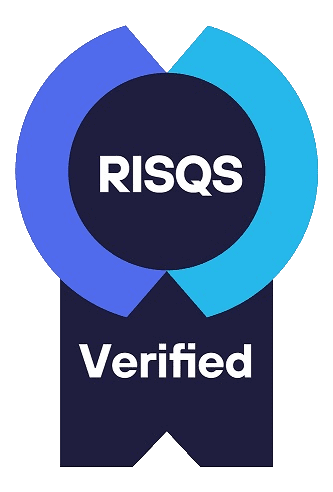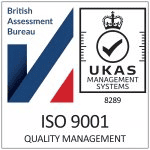

EGIP (Edinburgh to Glasgow Improvement Programme) is a large, multidisciplinary infrastructure upgrade scheme to transform the key Scottish intercity route between Edinburgh Waverley and Glasgow Queen Street into a fast, reliable electrified railway. For this Multi-Million Pound project, Vertex was requested to provide staff to Costain to provide Overhead Line Engineering support to assist in meeting the September 2017 deadline for OLE system energisation on the main route from Queen Street to Haymarket.
Key activities included:
Vertex Engineers employed the following competencies during these works;
Vertex can supply support for a wide range of disciplines and activities. In the case of EGIP, Vertex were able to supply Engineers with other transferrable skills such as Signalling Engineering, Engineering Management and Asset Management. This versatility allows their skills to be employed in other areas of the project such as interfaces between other disciplines, allowing them to be deployed to the maximum advantage.
Project duration from 2013 – 2019. Energisation of the OLE system was achieved on time, allowing the first electric train to run from Waverley to Queen Street on November 1st 2017
Vertex utilised its team of Railway Engineers for this project. Qualification held includes membership of the Institution of Railway Signalling Engineers and professional Chartership (C.Eng.). Combined railway experience of the project team (2 persons) exceeded 60 years.